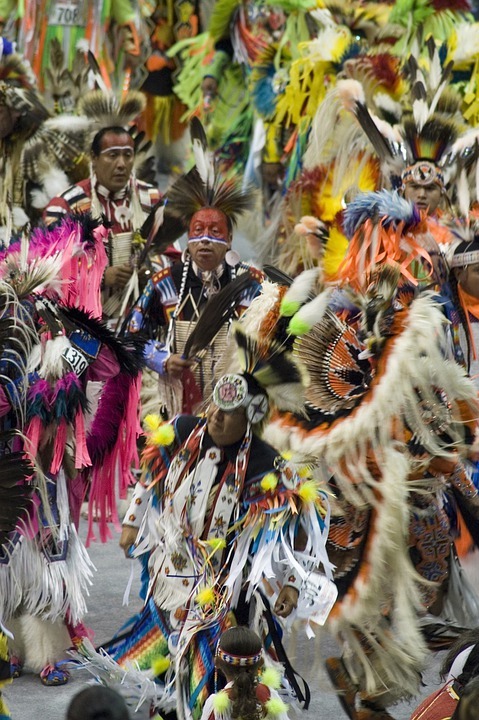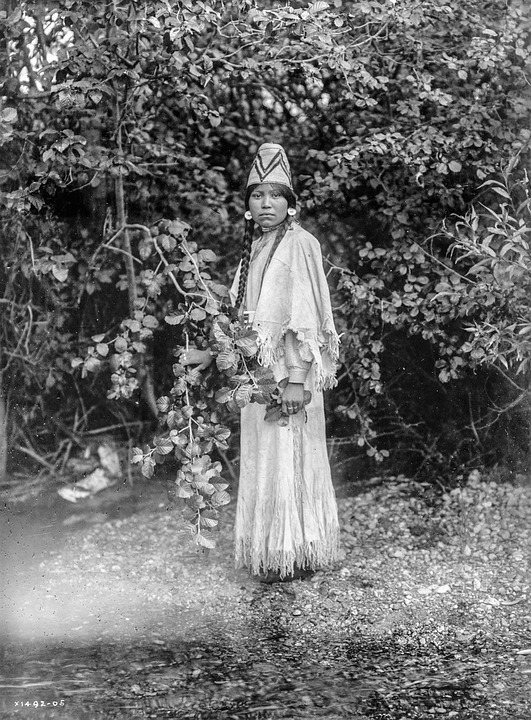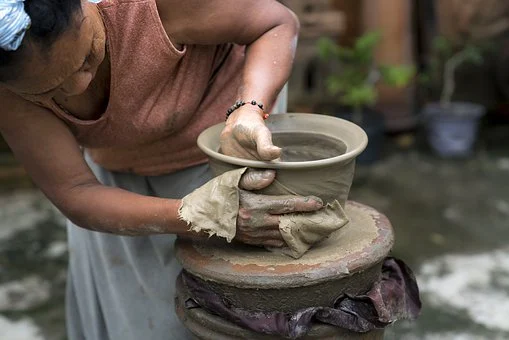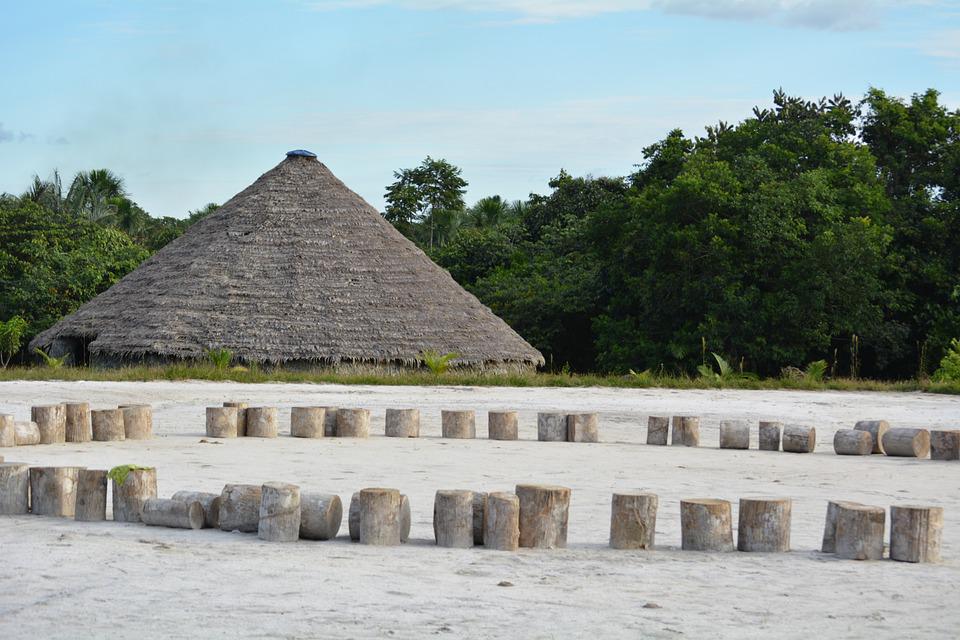Caddoan-speaking natives of the Wichita region of Kansas, known as Kitikiti’sh, are a North American indigenous people. They were the first group of Plains Indians to be subjected to missionary activity after being discovered by the Spanish in the mid-16th century. A confederation of Southern Plains Native American tribes, the Kitikiti’sh, are known as the Wichita people. The Wichita and Kichai languages, both Caddoan languages, were spoken by them in the past. Oklahoma, Texas, and Kansas are the three states where they’re found naturally.
As of today, the federally recognized Wichita and Affiliated Tribes includes the Kichai people, Waco (also known as Taovaya), Tawakoni, and the Wichita proper (or Guichita) (Wichita, Keechi, Waco and Tawakoni).
History
An Indian confederacy known as the Wichita confederacy was made up of several bands. As early as the early seventeenth century, French traders identified a band of Indians living near the Arkansas River in present-day Oklahoma by using the word Ousitas to describe them. To describe a confederation of bands that shared a common ancestor and culture, the name was adopted in the nineteenth century. It was because of this that the Wichita men were known as Kitikiti’sh, or “raccoon eyes,” that they were known as such. One Wichita Indian band lived on the Red River north of the current site of Nocona, Texas, from the 1750s to the 1810s.
The name Wichita has had a large and ongoing impact in the region of North Texas, where it was chosen to designate not just a river but also a county and a major city known as Wichita Falls. As a result of the tribe’s early presence in the area, the city of Wichita, Kansas, was named after it. In order to survive, the Wichitas relied on both farming and hunting. They lived in dome-shaped grass houses, farmed extensive fields of corn, tobacco, and melons along the streams where they made their homes, and left their villages for annual hunts during which they hid their agricultural goods in the ground along the banks of the streams where they made their homes. As a result of their darker skin tone, the Wichitas were distinguished by their elaborate tattoos, the scalp-lock worn by men, and the custom of women to remain nude from the waist up, making them distinct from other indigenous populations in Texas history. In spite of their lack of religious rituals, they were fascinated by the natural world and created an elaborate mythology to describe it.
Language
The Wichita people spoke a single language with only slight dialectical variations due to geographic differences among individual tribes. A large portion of the Wichita language’s vocabulary was derived from the Caddoan language, making it nearly indistinguishable from the languages of the other tribes they formed alliances with.
Arts and Culture
Ceramic pottery made by the Wichita was a huge draw for French and Spanish traders. Wichita pottery was “virtually indistinguishable from the Osage and Pawnee,” two other nearby Indigenous groups, to the untrained eye.
They grew corn (maize), pumpkins, and tobacco, and buffalo hunting was a major source of income for the Wichita in the past. Domed haystack-shaped grass-thatched lodges served as their homes. They stayed in tepees while on hunting expeditions. Among the headgear worn by Wichita men were a scalp lock (a long lock of hair on the top of the head) and the porcupine roach (a head ornament made of porcupine guard hair and hair from the tail of a deer). They were known as the “tattooed people” by other tribes because they were more tattoo-prone than the majority of Plains Indians. “Raccoon eyes” is the name they gave themselves because of the distinctive tattoo they have on their eyes: Kitikiti’sh. In a ritual dance reminiscent of the Green Corn Festivals of the Southeast, they took part in a ritual dance ceremony.
In the past, the Wichita used to spend a significant portion of the year in huts constructed of forked cedar poles and covered in dry grasses. As a seasonal hunter, they lived in hunting camps and followed American bison (buffalo). Bison was an important source of food, clothing, cooking fat, winter shelter, leather supplies, sinew, medicine, and even armor for the Wichita people. Wichita families would return to their homes in the spring to prepare for the upcoming growing season. Horses eventually became an important part of the Wichita people’s way of life. Wichita’s hunting seasons became longer and more community-oriented as a result of increased access to horses in the mid-17th century. Horticulture, root-gathering, and fruit and nut production were also important industries in Wichita.
Habitation
In addition to farming and hunting, the Wichitas reaped abundant harvests from the land. Summer and fall were spent in grass house villages while the women tended to their gardens nearby. The Wichitas went on long buffalo hunts in the fall and winter months. The men hunted for game to store for later seasons while camped out in tipis with the rest of their family.
Their haystack-like permanent communal abodes were made of a sturdy pole framework covered in grass thatch and had a diameter ranging from 30 to 50 feet.
The beds were arranged on raised platforms around the interior, with a fire hole dug in the middle. It was possible to see out of both the east and west doors, and there was a smoke-hole on the roof, just below the apex on one side. Grass-covered drying platforms and arbors were also found. When away from home, the skin tipi was the preferred method of shelter. To supplement their food supply, the Wichita traded surplus corn with other nearby hunting tribes. In addition, they grew tobacco and pumpkins. A stone metate or a wooden mortar was used to grind the corn in these communities. Only a few of their women were skilled potters. Their extensive tattooing earned them the nickname “tattooed people” in sign language, even though they were originally dressed in only a breech-cloth and a short skirt. Hair was worn loosely in a tousled style by both sexes. They dug a small mound to bury their dead in and built a simple framework on top of it.





